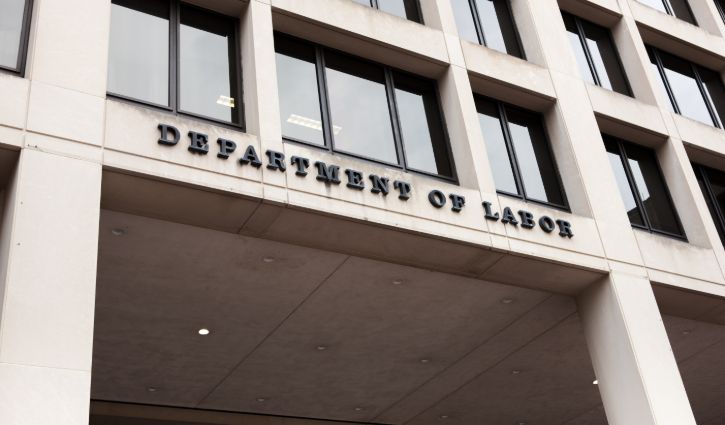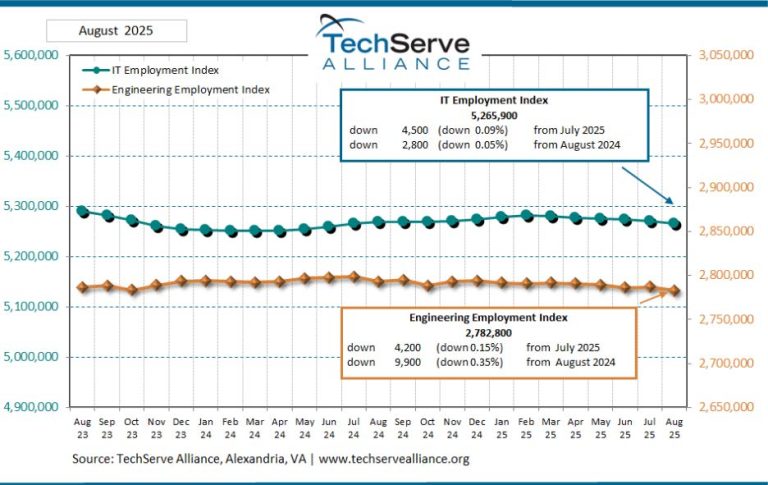On Jan. 6, 2021, the U.S. Department of Labor (DOL) issued a final rule that clarifies how to determine whether a worker is an employee who is protected under the Fair Labor Standards Act (FLSA) or an independent contractor who is exempt from it. The final rule becomes effective March 8, 2021.
“Economic Reality” Test Reaffirmed
The final rule reaffirms an existing test under which an employer must consider whether, as a matter of economic reality, a particular worker is dependent on that employer, as opposed to being in business for him- or herself. Two “core factors” that are most significant in this analysis are:
- The nature and degree of control over the work; and
- The worker’s opportunity for profit or loss based on initiative and/or investment.
Other relevant factors to consider, particularly when the two above do not point to the same classification, include:
- The amount of skill required for the work;
- The degree of permanence of the working relationship between the worker and the potential employer; and
- Whether the work is part of an integrated unit of production.
For these analyses, the final rule emphasizes that actual practices are more relevant than what may be contractually or theoretically possible.
Employer Impact
The FLSA requires employers to meet wage, workhour and recordkeeping requirements for each of their employees. If a worker meets the standards for independent contractor status, those requirements would not apply. Employers should become familiar with the new final rule.
Highlights
Employee Classification Rule
- The DOL issued a final rule clarifying how to determine whether a worker is an employee or independent contractor under the FLSA.
Existing Standards Adopted
- The final rule adopts existing standards that courts and the DOL already apply, without any significant changes.
Effective Date
- The new final rule goes into effect on March 8, 2021.
Independent contractor status generally depends on whether a worker is economically dependent on the employer.












